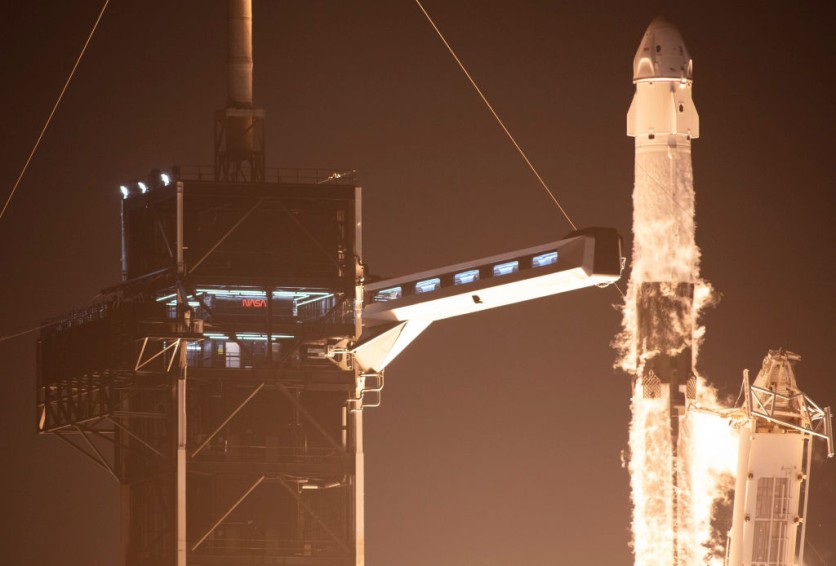Spectrolab manufactures the solar cells that landed on the moon. These solar cells were a wholly-owned subsidiary of The Boeing Company, which has helped power the US' space for the past six years. This includes NASA's Mars Rover Opportunity, which lasted 15 years in operation on Mars.

One of the recent successes of Spectrolab is from the International Space Station (ISS) whose main flagship solar arrays are 100 percent powered by the company's space-grade solar cells. These also comes with the biggest power-generating panels that were ever deployed in space.
Spectrolab built the first-ever 200,000 original solar cells that keep the ISS powered since 2000. It also manufactured and deployed the cells for Boeing's CST-100 Strainer spacecraft that will be used to transport the ISS crew.
Also, two additional solar arrays that feature the company's cells were launched to augment the ISS power system. In the next two years, four more arrays will launch.
Also Read: NASA is Decommissioning the ISS by 2031-Extends Support from 2024 to 2030 But Will They Destroy It?
The ISS
Sprectrolab has new ISS arrays, which are half the size of the space station's original arrays. These are stronger and more efficient, which makes them even more powerful. They can produce over 120 kilowatts of electricity and combined with the eight originals, these new six arrays will produce 215 kilowatts.
Therefore, the ISS will have a 20 to 30 percent power boost to their systems and equipment. It will also enable new research capabilities, a bigger permanent crew of seven, and new commercial modules that are slated in the coming years.
The six new ISS arrays are equipped with over 1,150 solar power modules and 55,000 solar cells. Two of these arrays were installed in 2021 that marked a significant structural change to the ISS in ten years.
Spectrolab is also expecting an increase in demand for modular solar cells and flexible arrays . They also see a power demand in Earth's orbit as the need for space power continues to grow. With that, Spectrolab will scale up to meet that demand.
Spectrolab is also planning to use its solar cells to power the next-generation of orbital power platforms. These include deep-space missions for exploring our solar system, near-Earth space missions for docking spacecraft, and high-altitude platforms for telecommunications, aviation, and weather.
These power platforms will feature solar arrays, which will be high-performing, lightweight and thin. They will also be smart and electronically controlled. This will power next-generation spacecraft and enable new applications in space.
About Spectrolab
Spectrolab has made a name for itself in aerospace and defense technology. They have pioneered innovative, high-performance power systems for the U.S. government, international customers, and commercial markets.
Spectrolab also works closely with its commercial partners to develop and implement customized solutions that exceed their power needs and requirements.
Related Article: Elon Musk To Save ISS From Russian Space Agency's Threat? Here's How SpaceX Can Help
This article is owned by TechTimes
Written by April Fowell
ⓒ 2025 TECHTIMES.com All rights reserved. Do not reproduce without permission.




